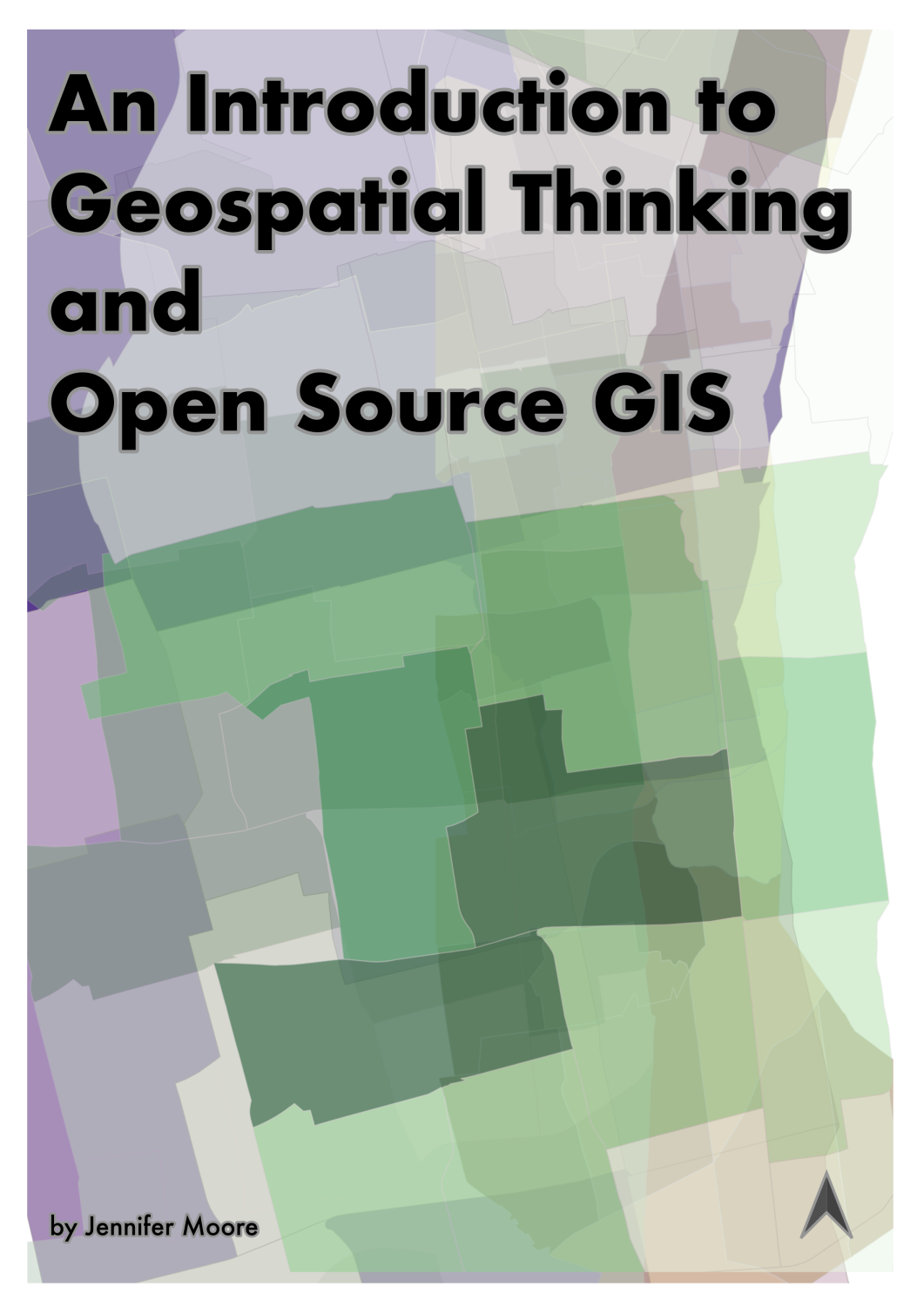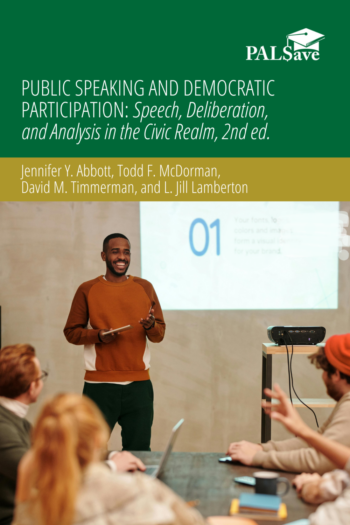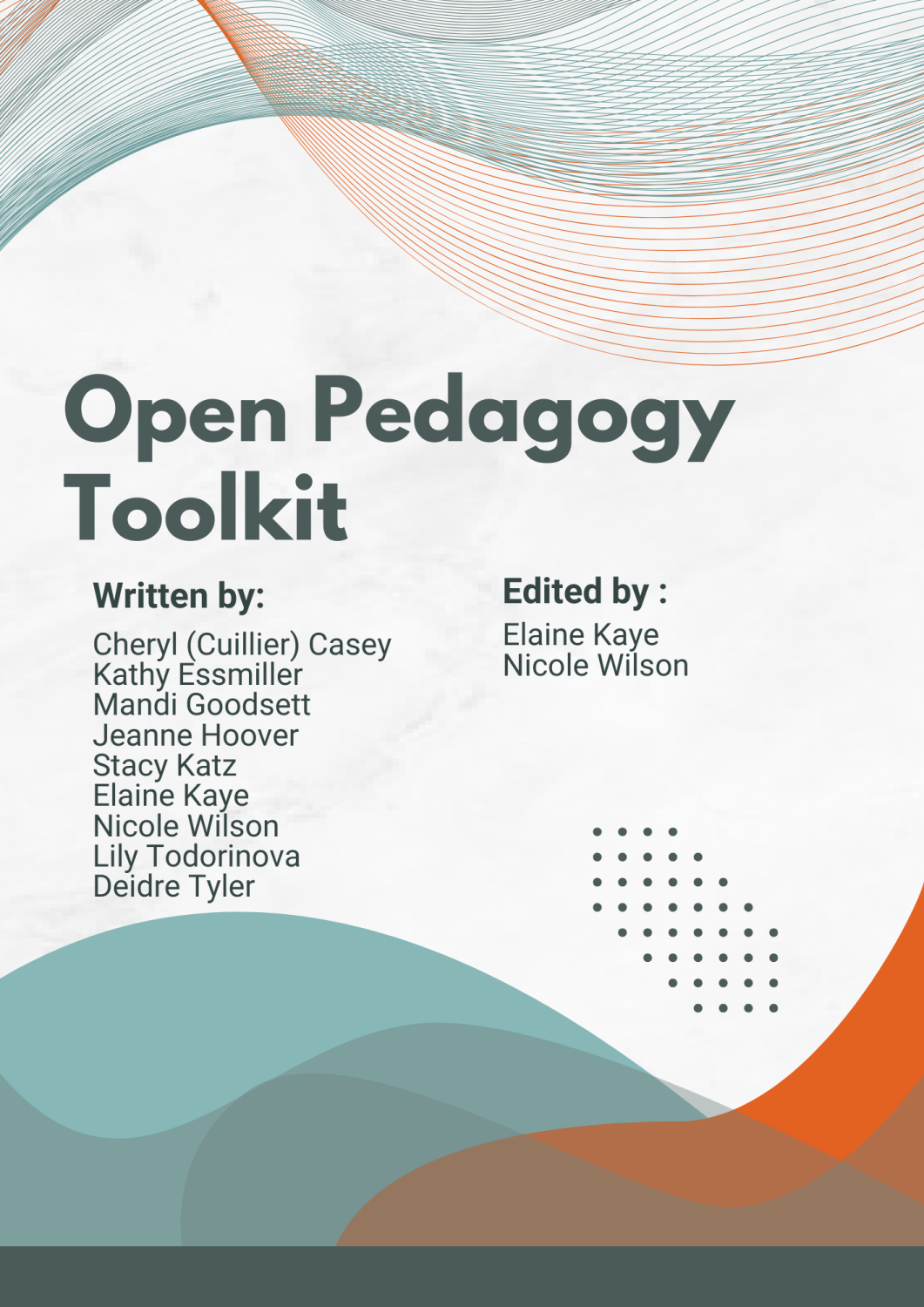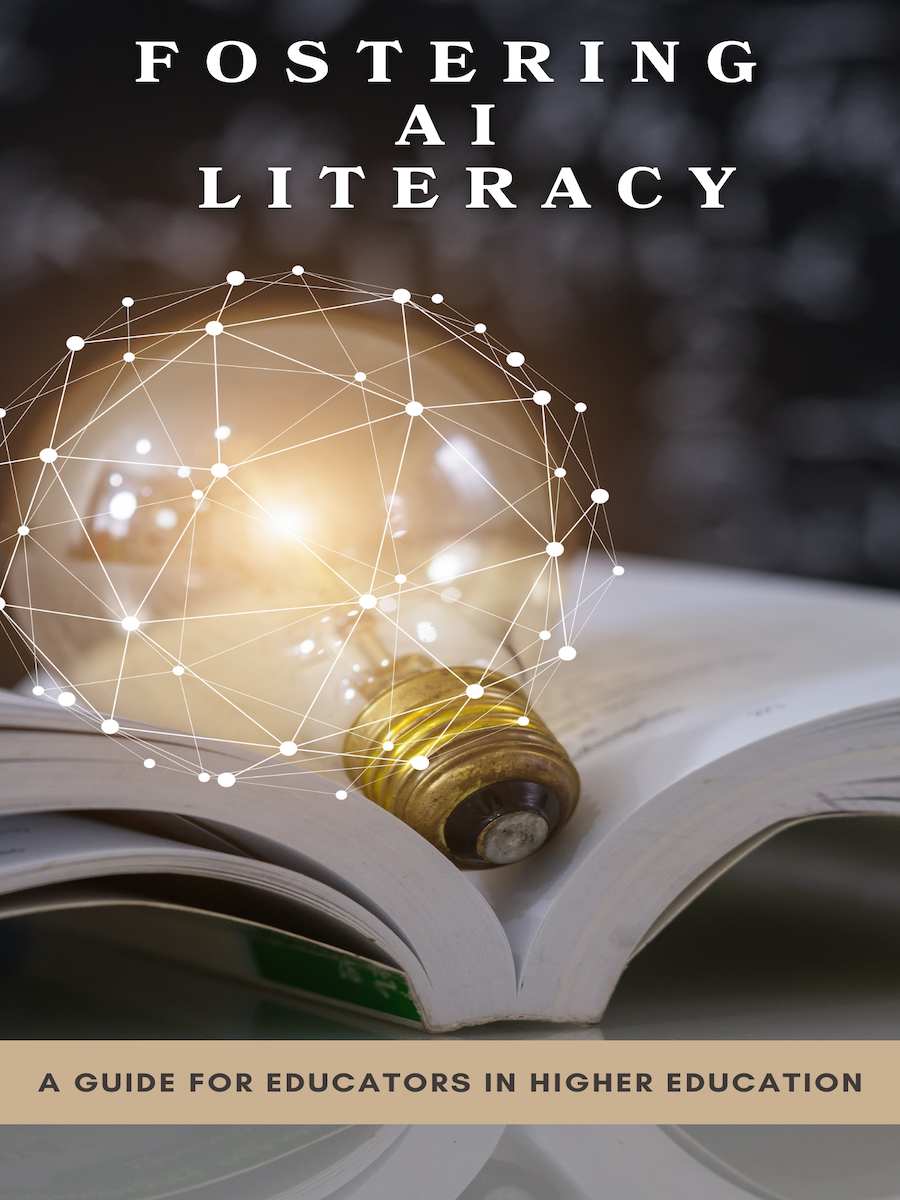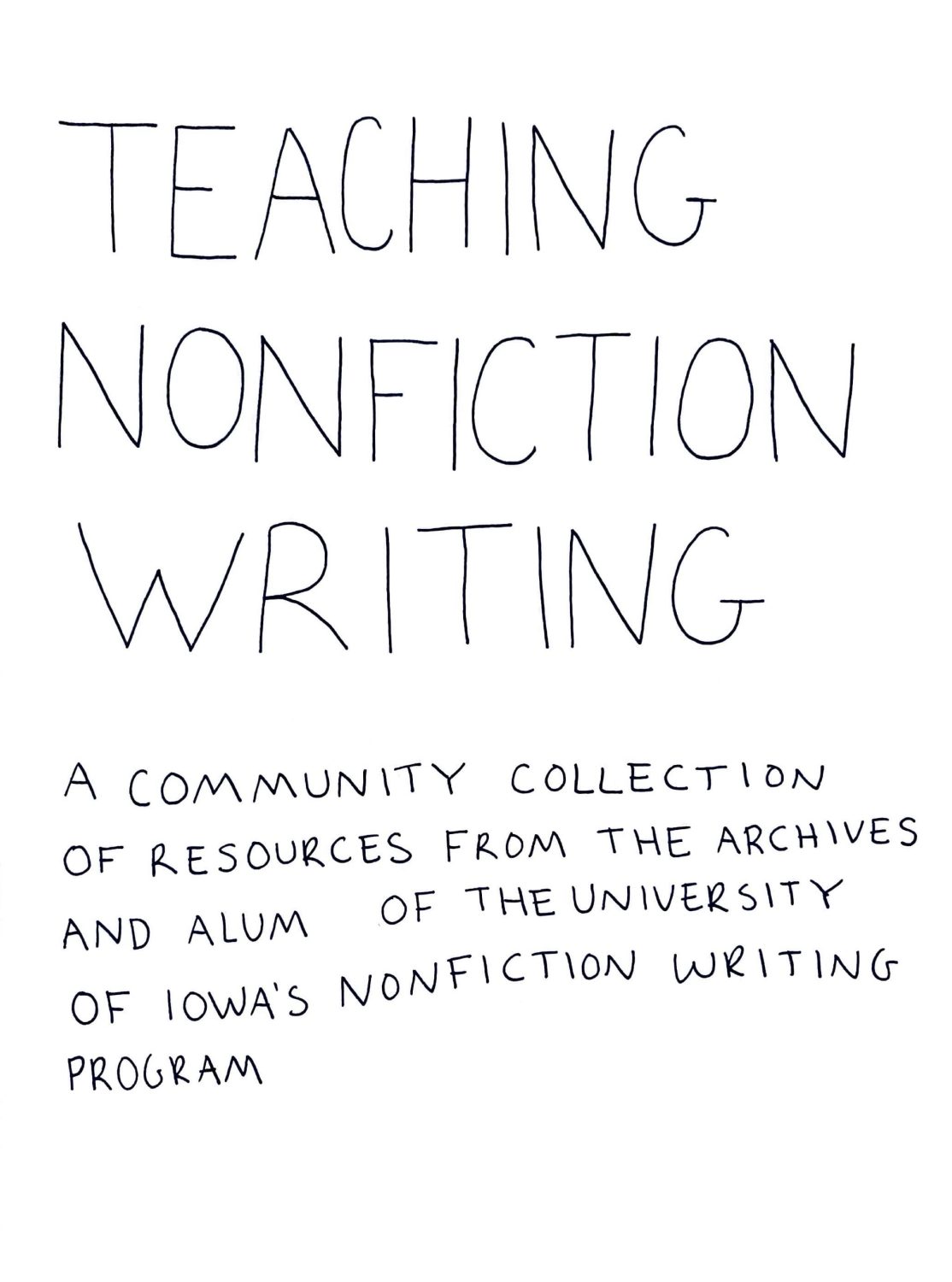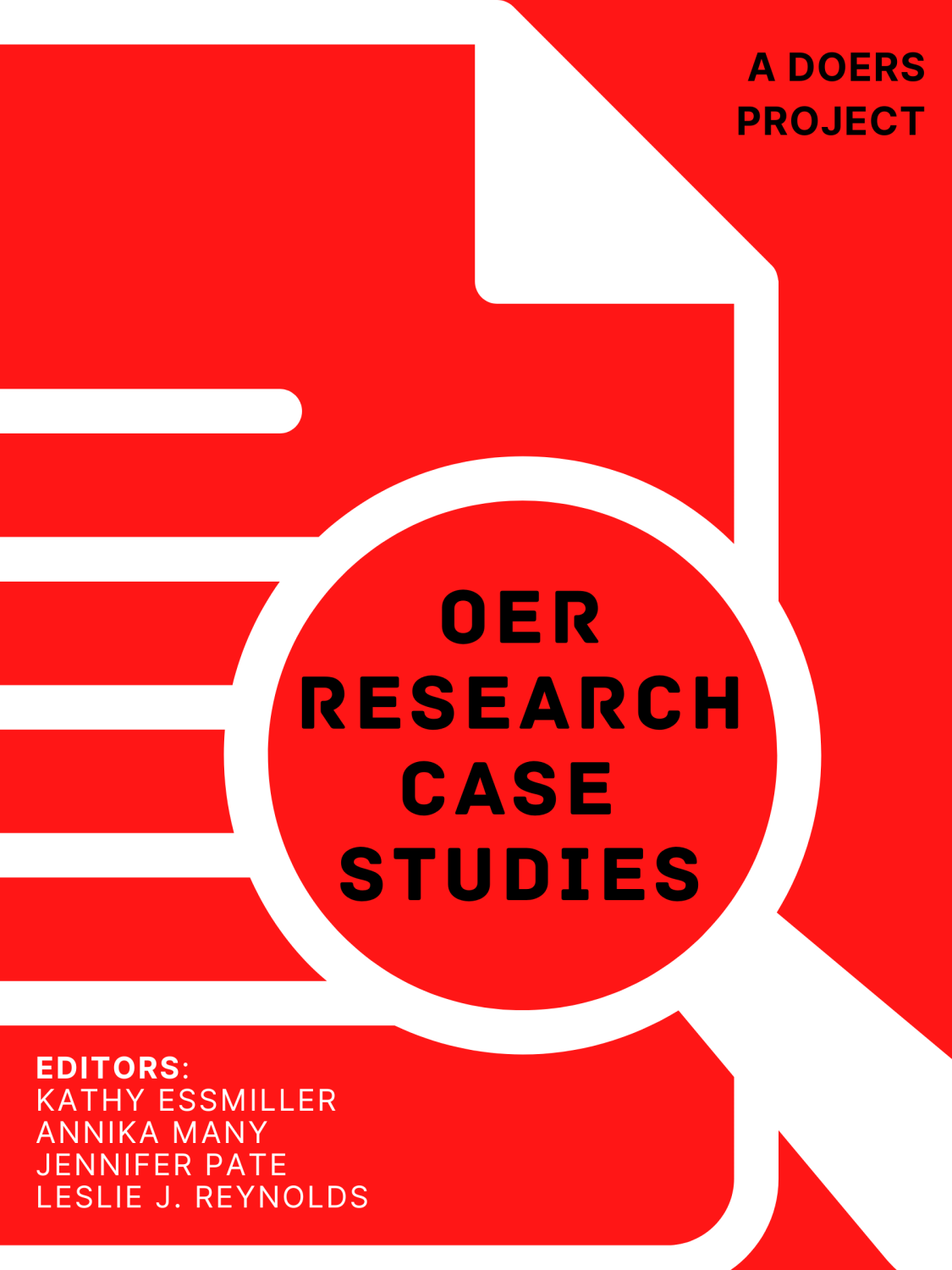 This collection of case studies explores how scholars, practitioners and administrators design and implement research on open education. The book highlights the ways faculty, staff and institutional leaders across higher education in the United States and Canada investigate the impact of open educational resources and open educational practices on student success.
This collection of case studies explores how scholars, practitioners and administrators design and implement research on open education. The book highlights the ways faculty, staff and institutional leaders across higher education in the United States and Canada investigate the impact of open educational resources and open educational practices on student success.
Research into open education offers meaningful opportunities to understand and communicate how, when, and for whom associated strategies work. By gathering real-world examples from a wide range of institutional contexts, this collection provides models, insights, and shared language to guide others conducting similar research. The project aims to amplify existing studies while fostering the development of common methodologies and approaches that strengthen the field of open education research.
Contributors include faculty, staff and administrators from a variety of disciplines and institutional contexts, each offering a unique perspective on the design, implementation, and/or analysis of research in open education. Together, their stories form a practical and scholarly resource for those seeking to advance evidence-based practice and collaboration in open education research. Sections of note include:
Course Level Research
A Comparison of OER Materials and Traditional Resources in General Chemistry - Sonali Raje
OER in the Community College Art History Classroom: A Case Study for Student Success - Amy Marshman and Jeanette Nicewinter
Testing and Advancing OER Design and Pedagogy: A Case from Teaching Programming to Non-STEM Majors - Manyu Li

